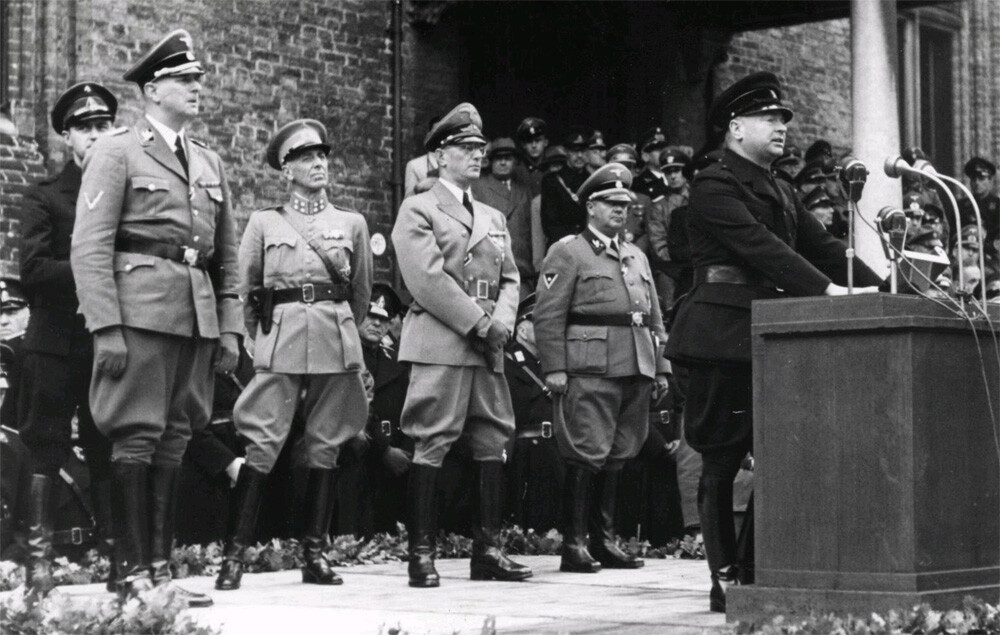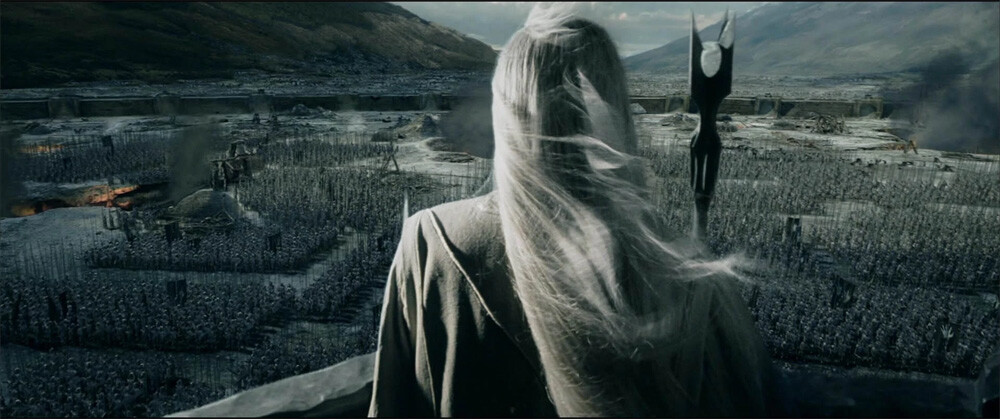5 Famous People Who Were Badass War Heroes

Celebrities can surprise us sometimes, for better or for worse. Usually for worse. Almost always for worse, really. But sometimes for the better, which is why we'd like to bring back for you some of our favorite stories about war heroics from the last celebrities you'd expect.
Audrey Hepburn Helped The Dutch Resistance Fight Nazis
Audrey Hepburn was in some of the most memorable movies ever, like Breakfast at Tiffany’s and My Fair Lady, and is so iconic that most people have a very fixed image of her at the age of around 30 in their minds … even though she was still alive in the '90s in her sixties. Most people don’t know about her decades of humanitarian work after she stopped acting. And they know even less about what she did before she was acting.

Paramount Pictures
During the Nazi occupation of the Netherlands in 1940s, the Dutch Resistance sought to fight back against Hitler’s control any way possible. Part of that resistance was Audrey Hepburn. Which sounds really strange, because surely Audrey Hepburn was just a child in the 1940s, but you'll be surprised at just how interesting resistance methods could get.
As a kid, Audrey Hepburn had experience in dance and ballet. The resistance saw this as a way to use dance to fight the Nazis, kind of like a wartime Footloose. They raised money to shelter thousands of Jewish people hunted down by the Nazis, and this culminated in a series of invite-only illegal musical performances known as "black evenings," named after the venues' blackened windows that hid the interiors from Nazi view.

Audrey performed in these black evenings often, holding many concerts and raising quite a bit of money, despite being malnourished the entire time. Incidentally, she was part of a noble family, living with her baroness mother in an estate named Castle Doom, so it was really a choice between becoming a war hero or a supervillain.
Christopher Lee Was In Special Ops
Christopher Lee is one of our favorite badasses, with a Leegacy as a trained Shakespearean actor, hundreds of move credits, and oh yeah, his metal music.
We of course shouldn’t forget his military career—while filming Lord of the Rings, he famously told Peter Jackson that he already knew the sound of stabbing a man's back—but this career didn't start so impressively. After a few years in the army but seeing no action, he volunteered to join the Air Force, but they wouldn't let him fly, thanks to damage to his optic nerve.
Instead, he got a special role as a Long Range Desert Patrol intelligence officer. If you know your World War 2 history, you’ll know that the LRDP was a precursor to the Special Air Service (SAS), which spent much of its time based in North Africa, fighting off the Axis powers. While he was showing Hitler what for, he also managed to placate a mutiny going on within his squadron.

New Line Cinemas
After this, he alternated between fighting with his squadron (narrowly escaping death a couple times, once crashing his plane and once tripping over a live bomb) and acting as a spy for Britain's Ministry of Ungentlemanly Warfare. We’d like to tell you more details about went on in those operations, but it's kind of a "if we tell you, he'll have to kill you" situation, and if you think Lee can’t kill you just because he's dead, think again.
Queen Elizabeth II Was A WW2 Mechanic
You’d think that given that royal family members are pretty important people to keep alive, they wouldn’t be serving in war at all. However, this is far from the truth, as there have been quite a number of Royals who did their time in the military, and Queen Elizabeth II is no exception.
At the time, she was Princess Elizabeth, and only 16 when she committed herself to military service in 1942. After being given the title of honorary colonel for her work inspecting military regiments, she soon joined the Auxiliary Territorial Service (the British Army’s women’s branch) at 18, and thus began her journey climbing through the ranks. Eventually, she became Junior Commander of the ATS, which is basically the Big Kahuna that everyone has to listen to.

Queen Elizabeth mechanic
It didn’t stop there either. Not content with leading a bunch of women her age, she soon took up vehicle maintenance courses and became an official British war mechanic, earning the moniker “Princess Auto Mechanic.” Don’t be fooled, this was still a dangerous job, as an estimated 335 women died on the job. Princess Elizabeth spent the bulk of her time repairing war vehicles for troops, and came home to her people a hero by the time the war ended. So next time you meet the Queen, skip past the royal formalities and ask her advice on how to fix your engine.
Marie Curie Revolutionized War I Medicine
We all know Marie Curie was the mother of radiation, and that had some immediate practical effects (beyond making her a victim of matricide). She ended up saving the lives of many soldiers with X-ray machines she invented for World War I.
In 1895, Wilhelm Roentgen invented one of the most useful pieces of technology ever, the X-ray machine, but it wasn't used widely. It was used only in hospitals, which is pretty much the only place you'd think we'd need to use X-ray machines. Then World War I hit, and many battlefield injuries needed to be examined on the spot. That’s where Curie comes in. She invented what she termed “radiological cars,” which were basically X-ray machines loaded onto vehicles, powered by electrical dynamos hooked up to the car engine.

This changed war medicine profoundly. Now, wounded soldiers could get much better diagnoses and treatment immediately where they were. This invention was crucial in giving the Allies a win, and the technology was thankfully kept out of the hands of future Dutch Nazi anti-dance robots.
Harry Houdini Taught Soldiers Survival Skills And Was A WWI Spy
Houdini is probably the most famous magician of all time, so much so that his name is synonymous with magic. He also helped in war—Houdini was gifted at survival skills, and decided to teach entire courses on dangerous situations. Houdini, who had a lifelong passion in things like aviation and mechanics, was well knowledgeable in all things considered manly, like knowing how to escape shackles, survive sinking ships, and other underwater situations, which were all passed down to the troops on the battlefield.

It’s not enough that Houdini already was one of the coolest men to have ever lived, but he was also a real-life James Bond, having found himself acting as a spy for both the US and UK during the war, collecting crucial information that helped war efforts in his day. Houdini was a living Swiss army knife and the god of magic who could basically do everything except survive a burst appendix. Oh well, can’t win them all.
Top image: British Central Office of Information
